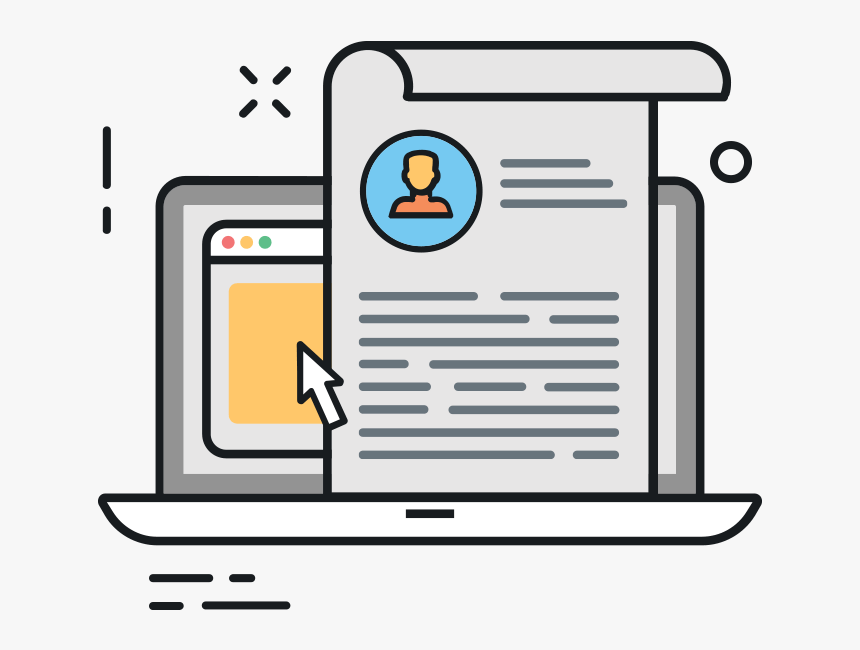15 Proven Strategies to Optimize Email Open Rates: A Data-Driven Approach
In the dynamic landscape of digital marketing, email remains a pivotal channel for direct audience engagement. However, achieving high open rates demands a sophisticated, data-informed strategy. This article presents fifteen evidence-based tactics, grounded in established marketing principles and real-world case studies, to significantly elevate email open rates. We will explore how to transform email campaigns from overlooked messages to highly anticipated communications.
Optimize Subject Lines for Maximum Impact: Applying Principles of Cognitive Psychology
The subject line is the gateway to engagement. Drawing on principles of cognitive psychology, particularly attention-grabbing heuristics, crafting compelling subject lines is paramount. Employ personalization (using recipient names), brevity (keeping it concise), and a sense of urgency ("Limited-Time Offer!") to pique interest. A/B testing, a core tenet of experimental design, is essential to determine optimal subject line variations. This involves systematically comparing different subject lines to identify the most effective ones in driving opens. For example, comparing "Exclusive Discount for You" versus "Get 20% Off – Don't Miss Out!" helps determine which messaging style resonates better with the target audience.
Audience Segmentation: Leveraging Database Marketing Techniques
Undifferentiated email blasts are inefficient. Database marketing principles advocate for segmentation, dividing your email list based on detailed demographics (age, location, income), behavioral data (purchase history, website activity), and psychographic profiles (interests, lifestyle). Targeted messaging, aligned with recipient segments, significantly increases open rates. For instance, segmenting customers based on past purchases enables sending personalized product recommendations, leading to higher engagement. This approach leverages the concept of micro-segmentation, focusing on smaller, more homogeneous groups for improved personalization and return on investment.
Mobile Optimization: Adhering to Responsive Design Principles
Given the prevalence of mobile email access, responsive design is crucial. Emails must render flawlessly across all devices (desktops, smartphones, tablets). Thorough cross-device testing, using various browsers and screen sizes, ensures a consistent user experience. This aligns with the principles of user-centered design, prioritizing the needs and expectations of the recipient. Failure to optimize for mobile can significantly hinder open rates and overall campaign success.
Data-Driven Optimization through A/B Testing: Embracing Experimental Methodology
Informed decision-making replaces guesswork through rigorous A/B testing. This experimental design method allows for systematic comparisons of various elements – subject lines, sender names, content variations – to identify optimal campaign components. This data-driven approach allows for continuous improvement, aligning with continuous improvement methodologies like the Plan-Do-Check-Act (PDCA) cycle. This iterative process allows for constant refinement and maximizes campaign effectiveness.
Personalized Communication: Cultivating Customer Relationships
Personalization strengthens the customer-brand relationship. Addressing recipients by name and employing dynamic content, tailored to individual preferences and behaviors, creates more engaging interactions. This aligns with relationship marketing principles, focusing on building long-term, mutually beneficial relationships with customers, leading to improved loyalty and higher open rates.
Creating Exclusivity: Applying Scarcity and Premium Pricing Principles
Exclusive content, early access to sales, or limited-time offers leverage the principles of scarcity and premium pricing to enhance perceived value. This sense of exclusivity fosters a feeling of appreciation among subscribers, motivating them to prioritize opening emails. This approach draws from the psychological principles of reactance, where limiting access increases desirability, thereby boosting engagement.
Optimizing Preview Text: Leveraging the First Impression
The preview text complements the subject line, providing a secondary opportunity to capture attention. Crafting a concise, intriguing snippet that complements and expands upon the subject line encourages opens. This works in synergy with the subject line to create a compelling initial impression, mirroring the importance of a strong opening in effective communication strategies.
Strategic Timing: Aligning with Audience Behavior
Sending emails at optimal times, determined through data analysis of subscriber behavior, maximizes open rates. Analyzing open and click-through rates over time reveals peak engagement periods, optimizing campaign scheduling. This aligns with the principles of behavioral economics, understanding how timing and context impact decision-making.
Visual Communication: Enhancing Message Impact through Design
Visually appealing emails capture attention. Incorporating high-quality images and graphics, aligned with brand identity, enhances message impact. However, visual elements should be used judiciously to avoid overwhelming recipients. This adheres to design principles of clarity, simplicity, and visual hierarchy to ensure the message is clear and engaging.
Authentic Storytelling: Building Trust and Connection
Authentic storytelling creates a deeper connection with recipients. Sharing relatable personal narratives builds trust and fosters stronger relationships, making emails more likely to be opened and read. This leverages narrative transportation theory, effectively engaging recipients emotionally and increasing their receptiveness to the message.
Interactive Content: Increasing Engagement through Participation
Interactive elements – polls, quizzes, surveys – transform passive recipients into active participants. This increased engagement improves open rates by making emails more dynamic and enjoyable. This approach aligns with user engagement principles, encouraging active participation and fostering a sense of community.
Leveraging Social Proof: Building Credibility and Trust
Testimonials, reviews, and social media mentions build credibility and trust. Displaying positive customer feedback reassures potential buyers and significantly enhances email open rates. This is a key application of social proof theory, where the actions and opinions of others influence individual behavior.
Compelling Calls-to-Action: Driving Desired Behavior
Clear, concise, and persuasive calls-to-action (CTAs) are critical. Strong action verbs and a sense of urgency motivate recipients to click and engage. A/B testing different CTAs allows optimization for optimal performance, mirroring the importance of clear and focused messaging in achieving desired outcomes.
Sender Name Personalization: Building Familiarity and Trust
Using a recognizable sender name (brand name or individual name) instead of generic addresses reduces the perception of spam and increases familiarity. This personalized approach makes emails feel more personal, thus improving open rates. This aligns with branding and relationship-building strategies, fostering a sense of trust and connection.
List Hygiene: Maintaining a Healthy Email Database
Regularly removing inactive subscribers and bounce-backs maintains a healthy email list, ensuring emails reach engaged recipients. This improves open rates, maximizes marketing ROI, and prevents deliverability issues. Implementing re-engagement campaigns for inactive subscribers provides another opportunity to re-establish engagement and prevent list decay.
Conclusions and Recommendations
Implementing these fifteen strategies can significantly boost email open rates. Success hinges on a multifaceted approach encompassing data-driven optimization, personalized communication, and strategic engagement techniques. Continuous monitoring and refinement using A/B testing are vital for sustained improvement. Further research could explore the interplay of various factors and investigate culturally specific nuances in email engagement. The application of advanced analytics, including predictive modeling to forecast optimal sending times and personalize content further, warrants investigation. A key takeaway is that email marketing effectiveness relies on understanding and responding to evolving audience behavior, consistently leveraging data to enhance campaign performance.






No comments yet. Be the first to share your thoughts!